Take Credit for Business Building Renovations
Is your small business looking to downsize to new digs now that you have more employees working remotely? Or have you returned full-time to your existing business premises? In either case, you may find that some renovations are needed to bring the place up to code. If your business makes specific accommodations for disabled individuals, you may qualify for a sizable tax credit. In fact, the disabled access credit may essentially cut the costs of some renovations in half. Here’s a look at how it works.
Basic rules
A qualified small business is eligible for the disabled access credit for making its business premises more accessible to disabled individuals. For eligible expenses made this year, the credit will be claimed as part of the general business credit on your 2024 return.
For these purposes, a qualified small business must have had gross receipts of $1 million or less for the preceding tax year or no more than 30 full-time employees (the IRS defines a full-time employee as someone who worked at least 30 hours per week for 20 or more weeks during the year). The nonrefundable credit may be carried back for one year and forward for up to 20 years.
How much is the credit? It’s equal to 50% of the first $10,000 of qualified expenses (technically, the first $250 of expenses is excluded, but the credit actually applies to the first $10,250 of expenses). Therefore, the maximum credit is $5,000. If you qualify, your business can cut $5,000 right off the top of its tax bill.
What types of expenses are covered? It’s not just ramps and guardrails. An expense qualifies for the credit if it is incurred to satisfy requirements imposed by the Americans with Disabilities Act (ADA). For instance, a small business may claim the credit for the following costs:
- Removing architectural, communication, physical or transportation barriers that prevent a business from being accessible to disabled individuals,
- Providing qualified interpreters or other effective methods of making orally delivered materials available to hearing-impaired individuals,
- Providing qualified readers, taped texts and other effective methods of making visually delivered materials available to visually impaired individuals,
- Acquiring or modifying equipment or devices for disabled individuals, and
- Providing other similar services, modifications, materials or equipment.
A win-win
It’s important to note that these modifications don’t have to be for the exclusive benefit of disabled individuals — the improvements can also help out others. And there’s no limit on the number of times you can claim the credit. In other words, your business may be in line for the disabled access credit this year, even if it claimed it in a prior tax year. To maximize the credit, confer first with your professional tax advisors to determine the best course of action for your business.
This material is generic in nature. Before relying on the material in any important matter, users should note date of publication and carefully evaluate its accuracy, currency, completeness, and relevance for their purposes, and should obtain any appropriate professional advice relevant to their particular circumstances.
Share Post:









